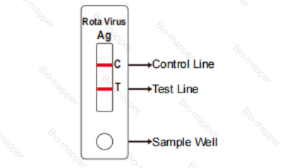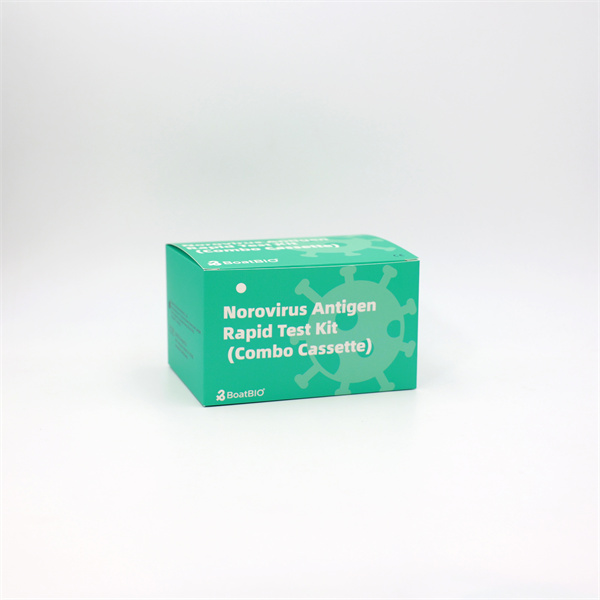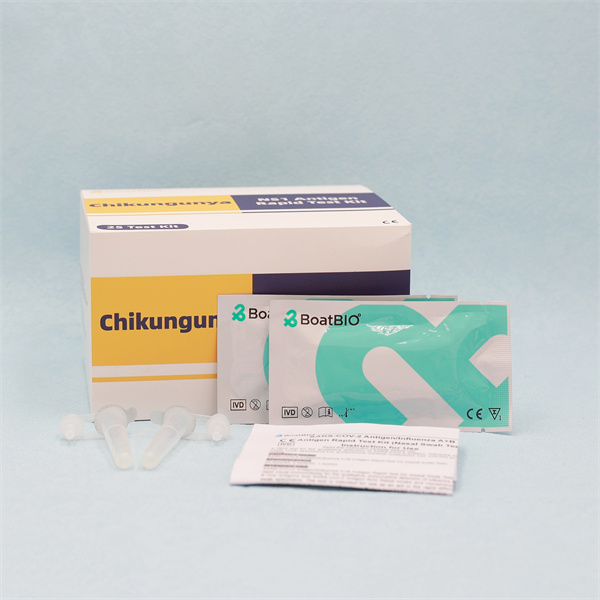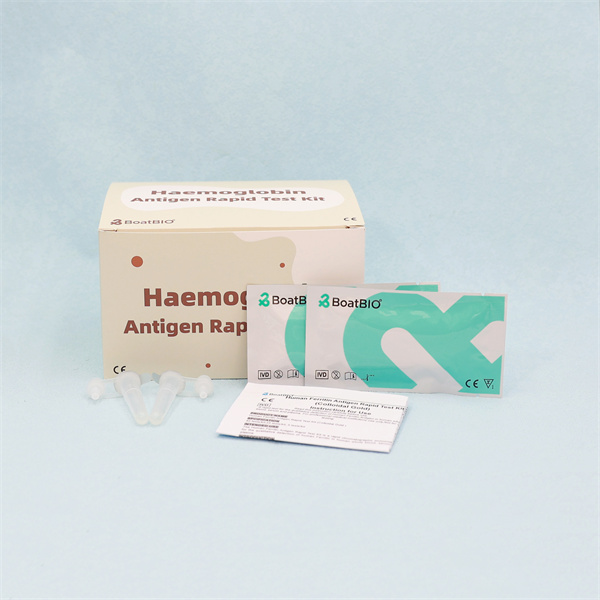SUMMARY AND EXPLANATION THE TEST
Diarrhea is one of the principle causes of childhood morbidity and mortality worldwide, resulting in 2.5 million deaths annually. Rotavirus infection is the leading cause of severe diarrhea in infants and children under the age of five, accounting for 40%-60% of acute gastroenteritis and causing an estimated 500,000 childhood deaths each year. By the age of five, nearly every child in the world has been infected with rotavirus at least once. With subsequent infections, a broad, heterotypic antibody response is elicited; therefore, adults are rarely affected.
To date seven groups of rotaviruses (groups A-G) have been isolated and
characterized. Group A rotavirus, the most common rotavirus, causes more than 90% of all Rotavirus infections in humans. Rotavirus is transmitted primarily by the fecaloral route, directly from person to person. Virus titers in stool reach a maximum shortly after the onset of illness, then decline. The incubation period of a rotavirus infection is usually one to three days and it is followed by gastroenteritis with an average duration of three to seven days. Symptoms of the disease range from mild, watery diarrhea to severe diarrhea with fever and vomiting.
Diagnosis of an infection with rotavirus can be made following diagnosis of gastroenteritis as the cause of severe diarrhea in children. Recently, specific diagnosis of an infection with rotavirus has become available through the detection of virus antigen in stool by immunoassay methods such as latex agglutination assay, EIA, and lateral flow chromatographic immunoassay.
The Rotavirus Ag Rapid Test is a lateral flow chromatographic immunoassay which utilizes a pair of specific antibodies to qualitatively detect the rotavirus antigen in fecal specimen. The test can be performed without cumbersome laboratory equipment, and the results are available within 15 minutes.
PRINCIPLE
The Rotavirus Ag Rapid Test is a lateral flow chromatographic immunoassay. The test strip consists of: 1) a burgundy colored conjugate pad containing monoclonal anti-rotavirus antibody conjugated with colloidal gold (anti-rotavirus conjugates) and a control antibody conjugated with colloidal gold, 2) a nitrocellulose membrane strip containing a test line (T line) and a control line (C line). The T line is pre-coated with another monoclonal anti-rotavirus antibody, and the C line is pre-coated with a control line antibody

When an adequate volume of extracted specimen is dispensed into the sample well of the test cassette, the specimen migrates by capillary action across the cassette. Rotavirus Ag, if present in the specimen, will bind to the anti-rotavirus conjugates. The immunocomplex is then captured on the membrane by the pre-coated rotavirus antibody forming a burgundy colored T line, indicating a rotavirus positive test result.Absence of the T line suggests that the concentration of rotavirus Ag in the specimen is below the detectable level, indicating a rotavirus negative result. The test contains an internal control (C line), which should exhibit a burgundy colored line of the immunocomplex of the control antibodies, regardless of color development on the T line. Otherwise, the test result is invalid and the specimen must be retested with another device.







